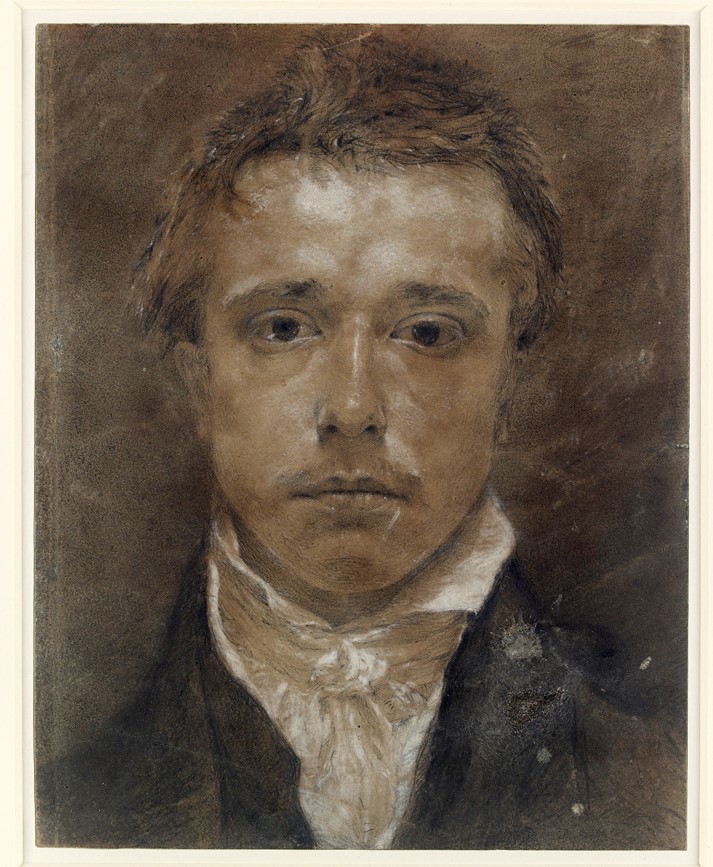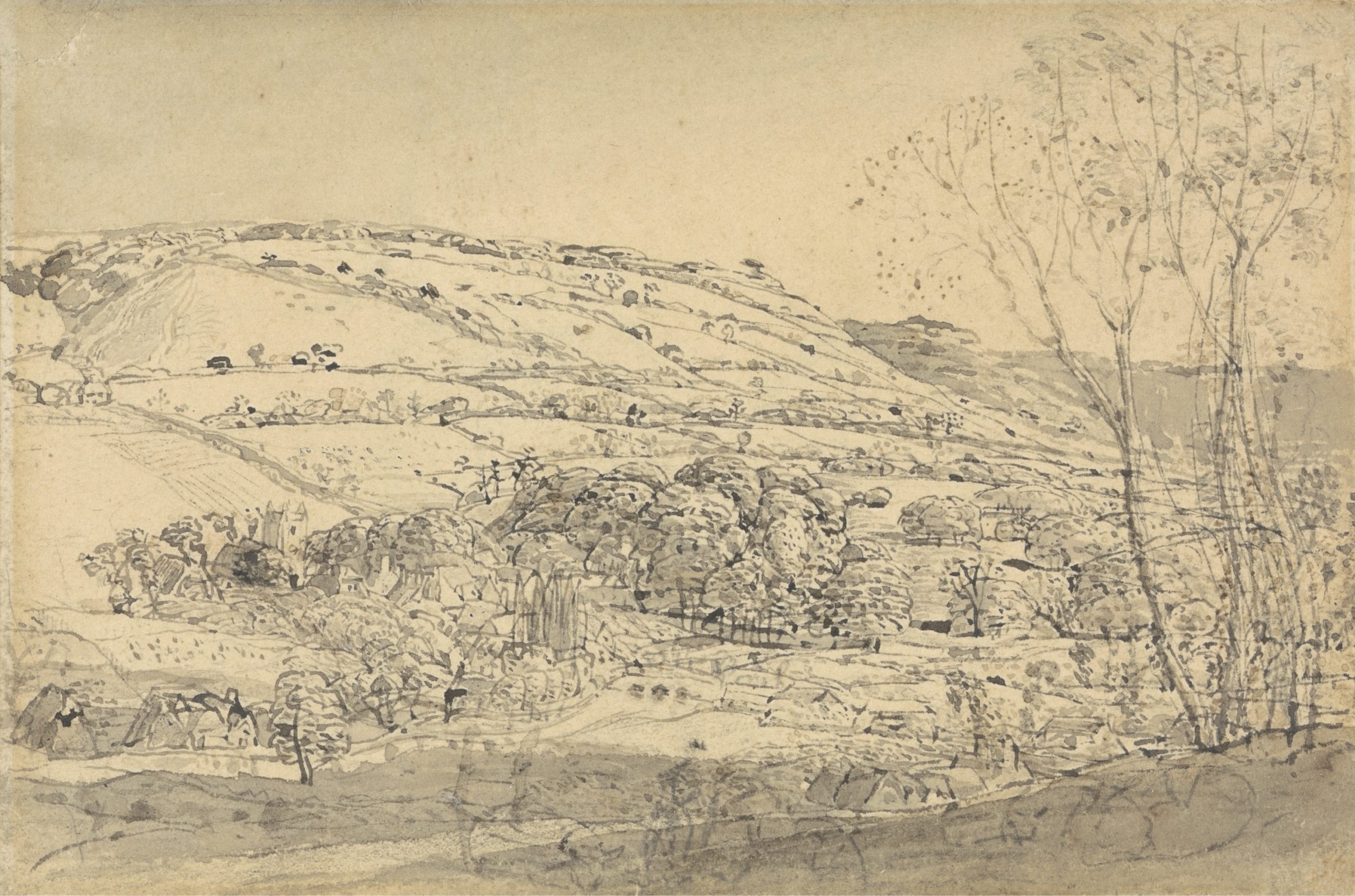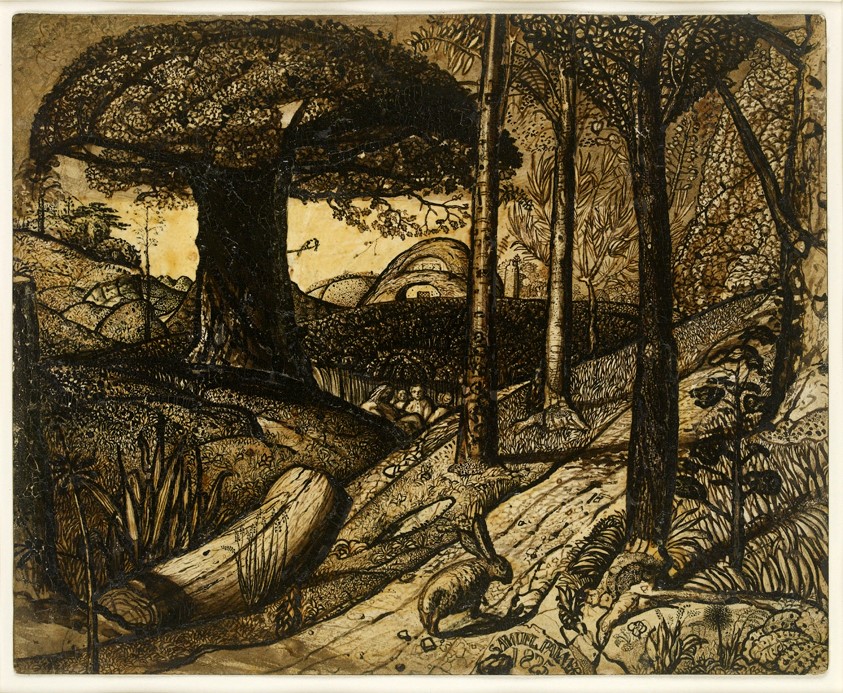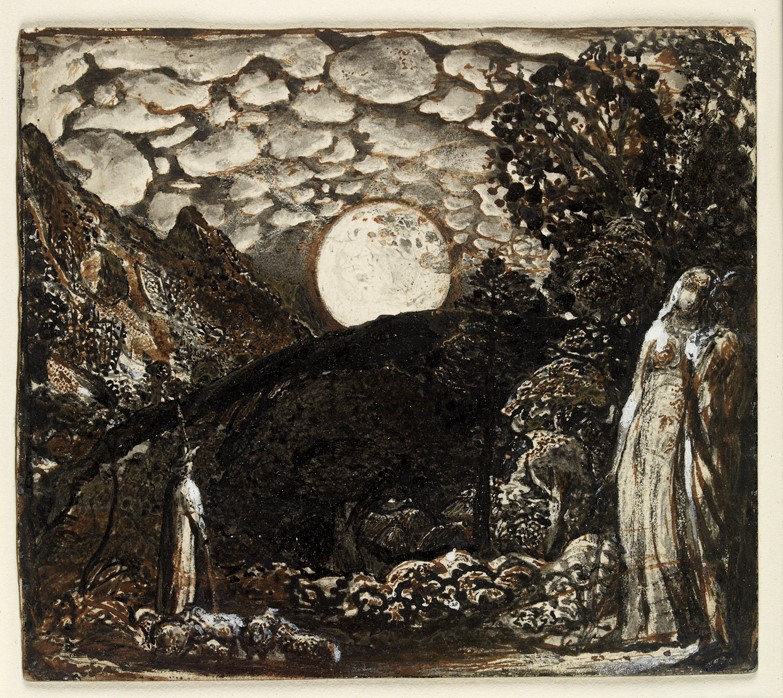Samuel Palmer and his visionary works of landscape art inspired the Darent Valley Landscape Partnership. Palmer resided in Shoreham in the heart of the Darent Valley almost 200 years ago, at a time when the area was considered deepest rural Kent. Such was the beauty of the valley that it motivated Palmer to produce what are widely considered to be his most creative and greatest works.
He painted and sketched the landscape around him to convey both the physical and spiritual connection between people and the land. It fully embodied the modern definition of landscape by the European Landscape Convention as “An area, as perceived by people, whose character is the result of the action and interaction of natural and human factors”. This was a time just before the Industrial Revolution when mechanisation was beginning to threaten the livelihoods of rural workers, and Palmer was passionate in his defence of rural communities and their close links to the land on which they worked.
He was one of a small group of artists called ‘The Ancients’, who were largely inspired by the visionary poet and artist William Blake. He rejected the values associated with increasing industrialisation and turned back to what he and they saw as a Golden Age of pastoralism. Its core members were Palmer, George Richmond and Edward Calvert and although not a member, John Linnell (who later became his father-in-law) was also closely associated with the group.
Samuel Palmer influenced the work of later artists including F.L. Griggs, Robin Tanner, Graham Sutherland, Paul Drury, Joseph Webb, Eric Ravilious, the glass engraving of Laurence Whistler, and Clifford Harper. He also inspired a resurgence in twentieth-century landscape printmaking, which began amongst students at Goldsmiths’ College in the 1920s.












